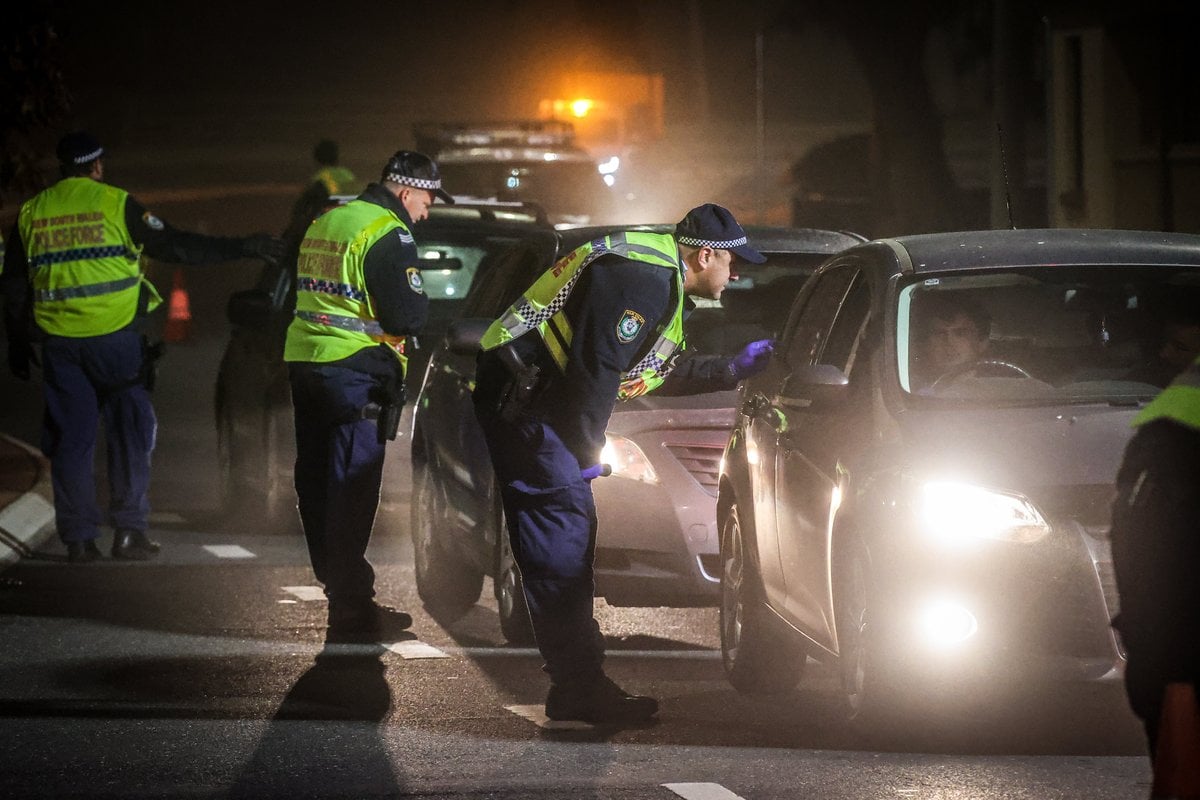
Victorians in New South Wales surged south on Friday in a bid to avoid a new hard border closure that came into effect at midnight.
Most travellers from NSW, including Victorian residents, will now be turned back, while the select few permitted to cross under exceptional circumstances will be placed into mandatory 14-day hotel quarantine.
The border shutdown comes as both states work to contain clusters of COVID-19 infections that have sprung up in recent weeks.
NSW-Vic border tonight. Six hours to go about 20km. pic.twitter.com/AcqaG8IXmT
— Louise Milligan (@Milliganreports) December 31, 2020
On Saturday, Victorian authorities reported 10 new locally acquired infections, all of which have been connected to a restaurant in Black Rock, Melbourne. Genomic sequencing has linked the cluster to that on the Northern Beaches of Sydney.
